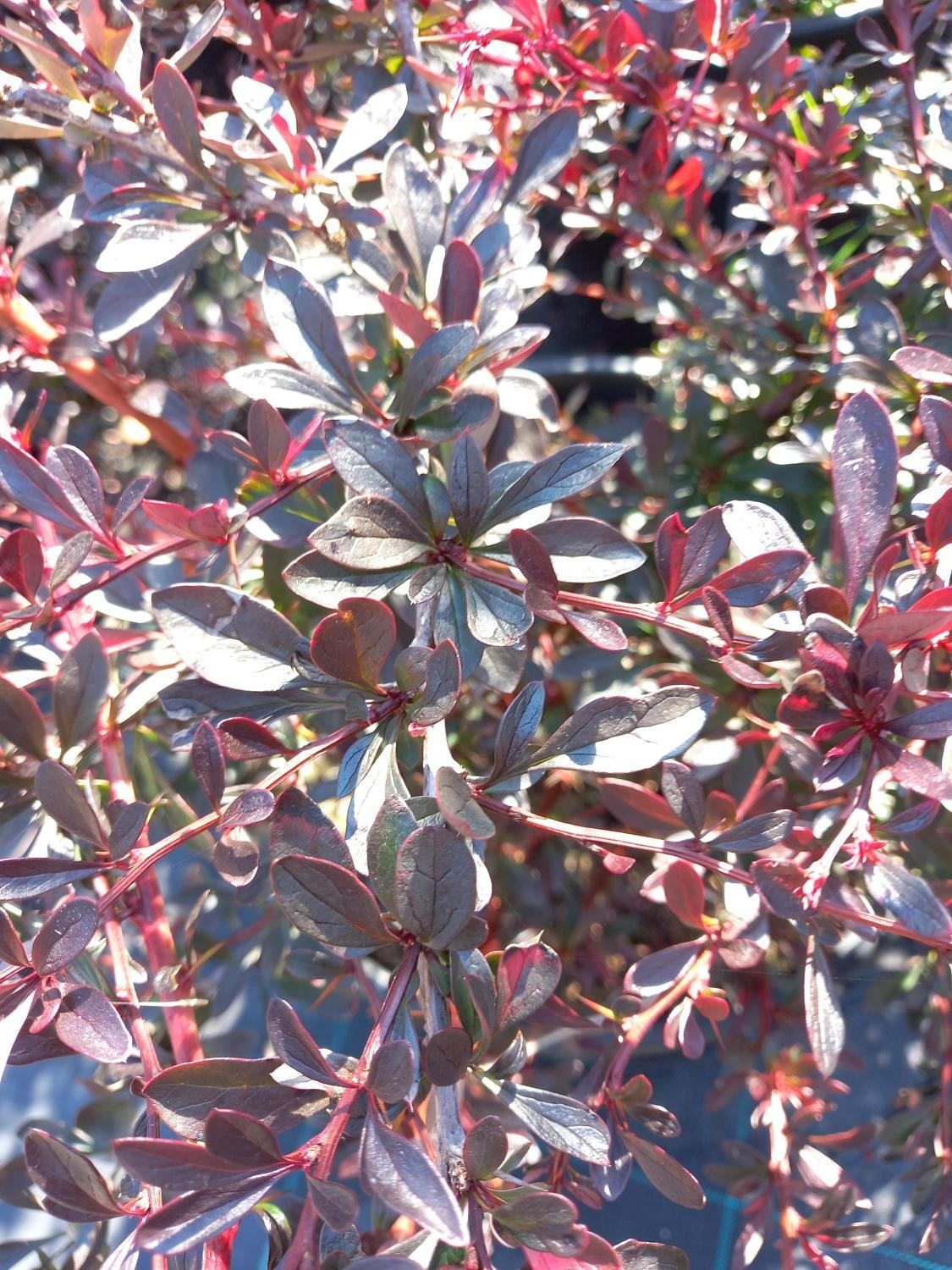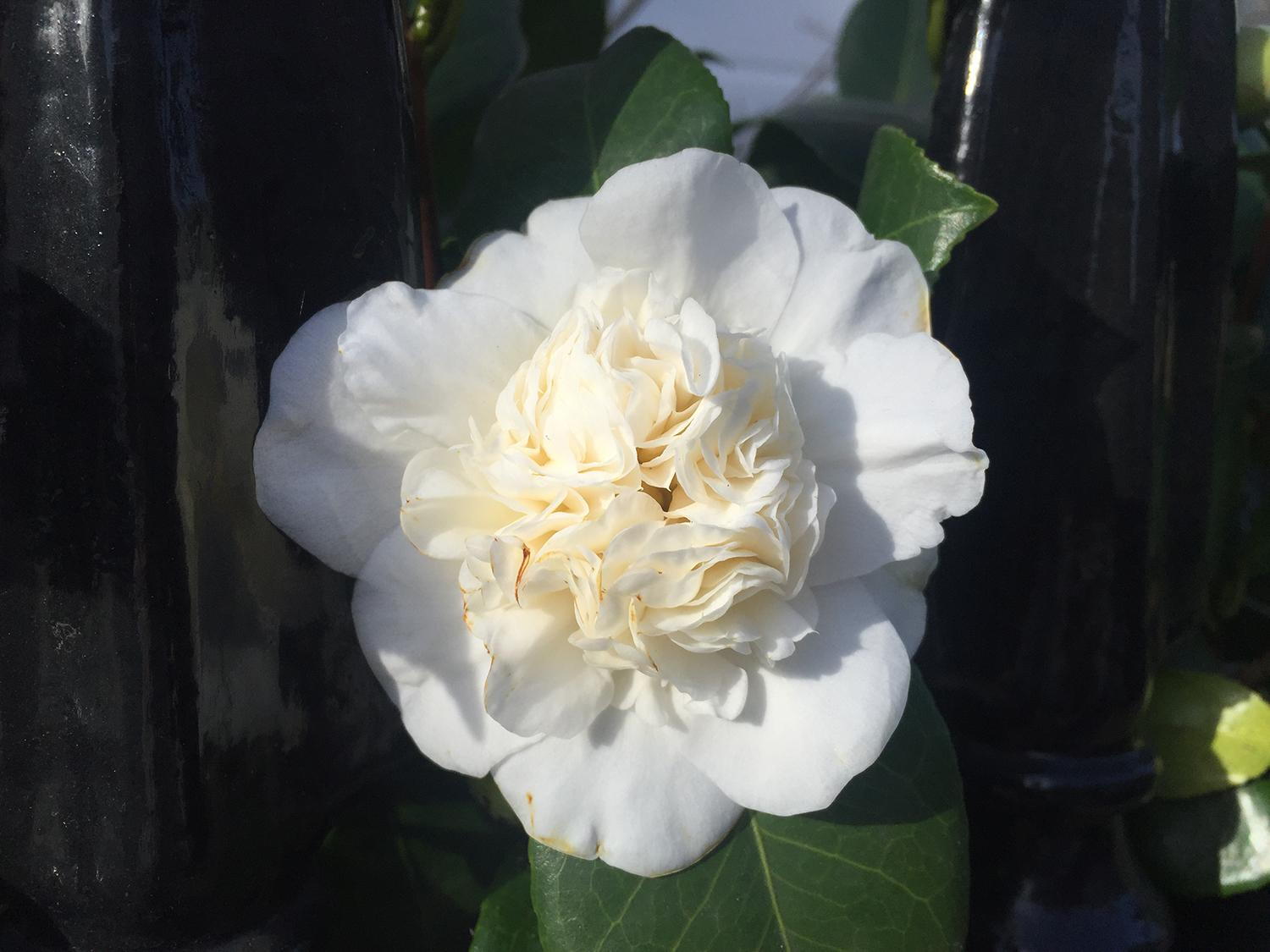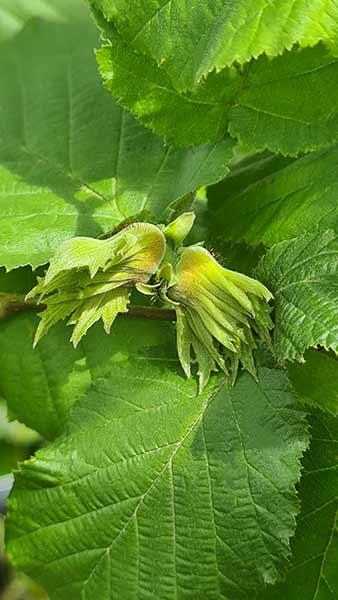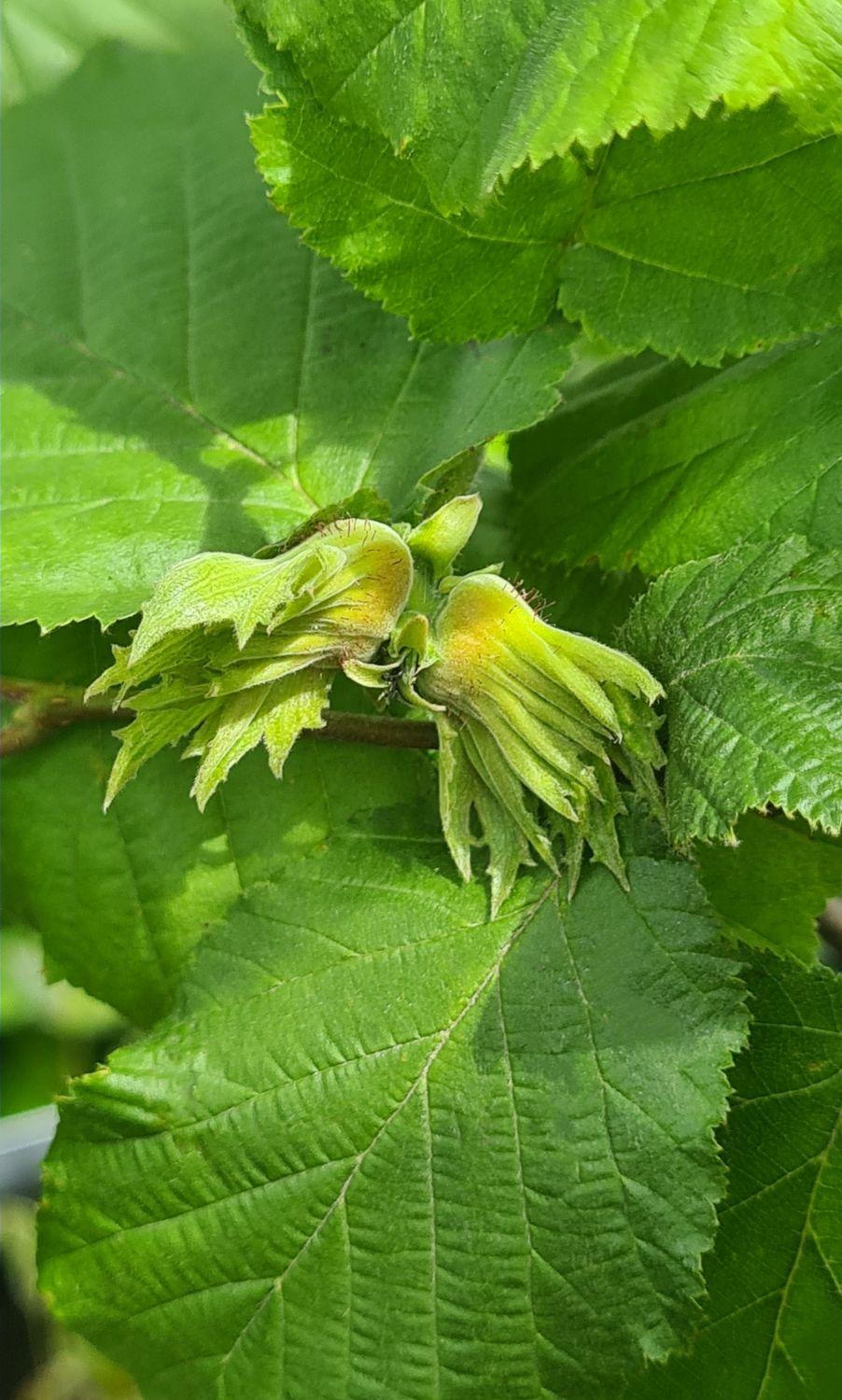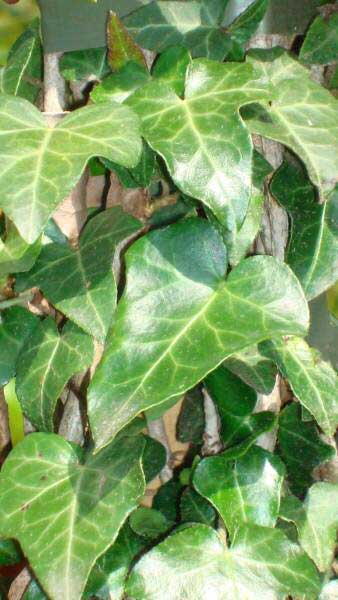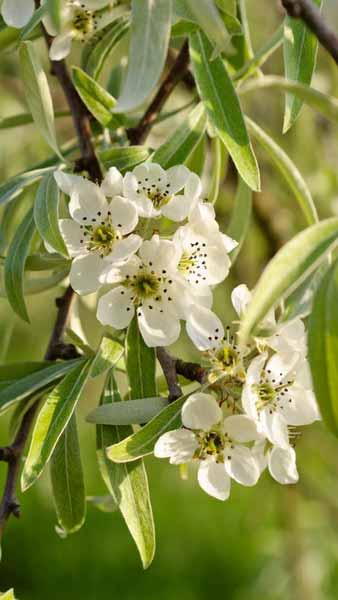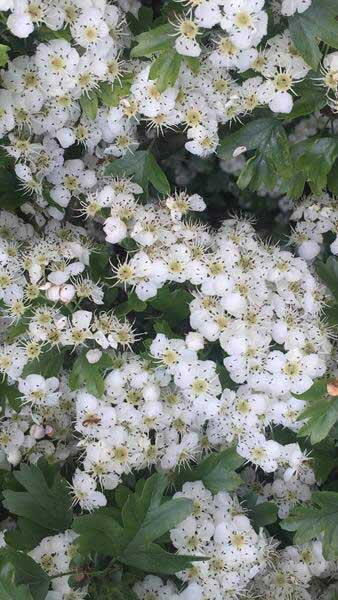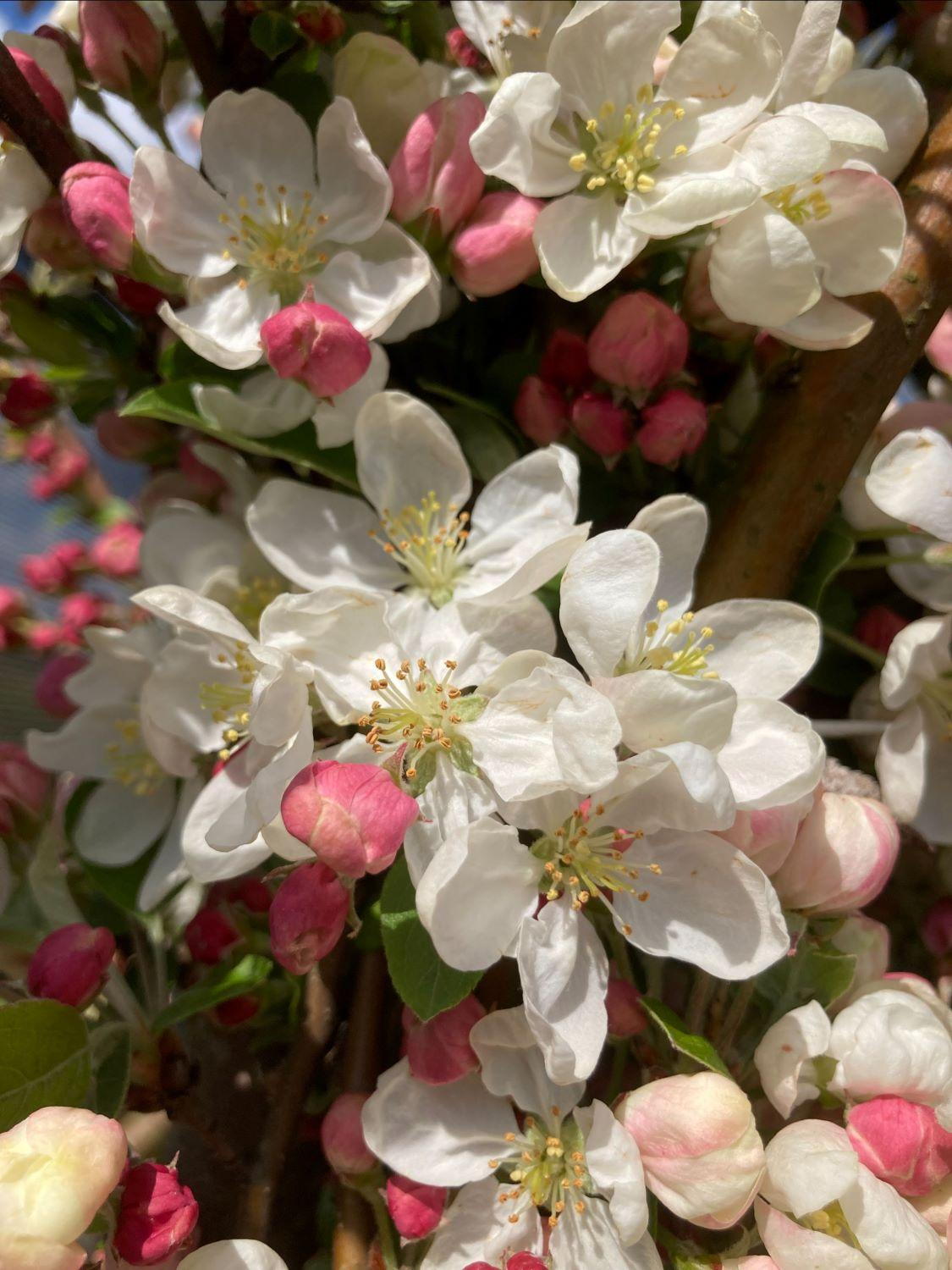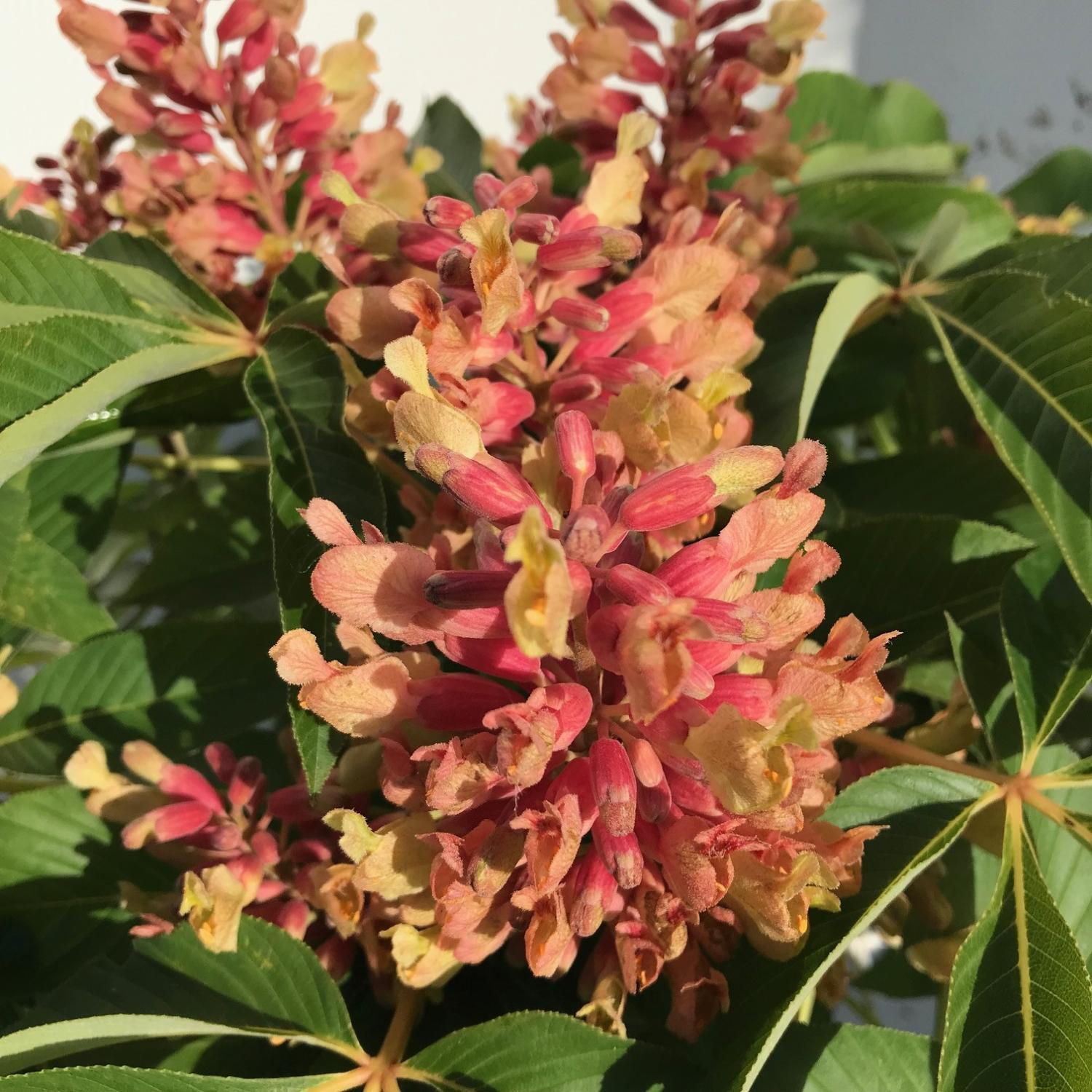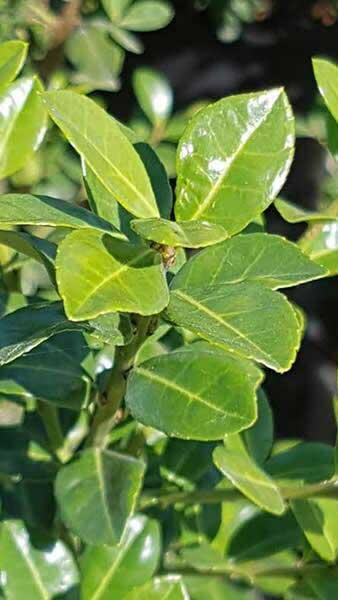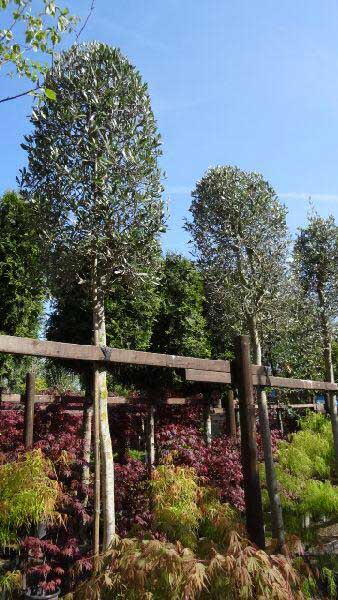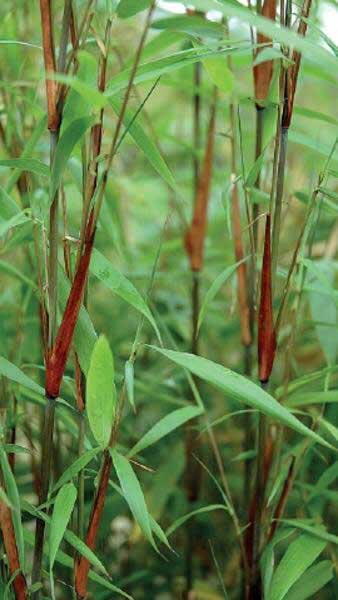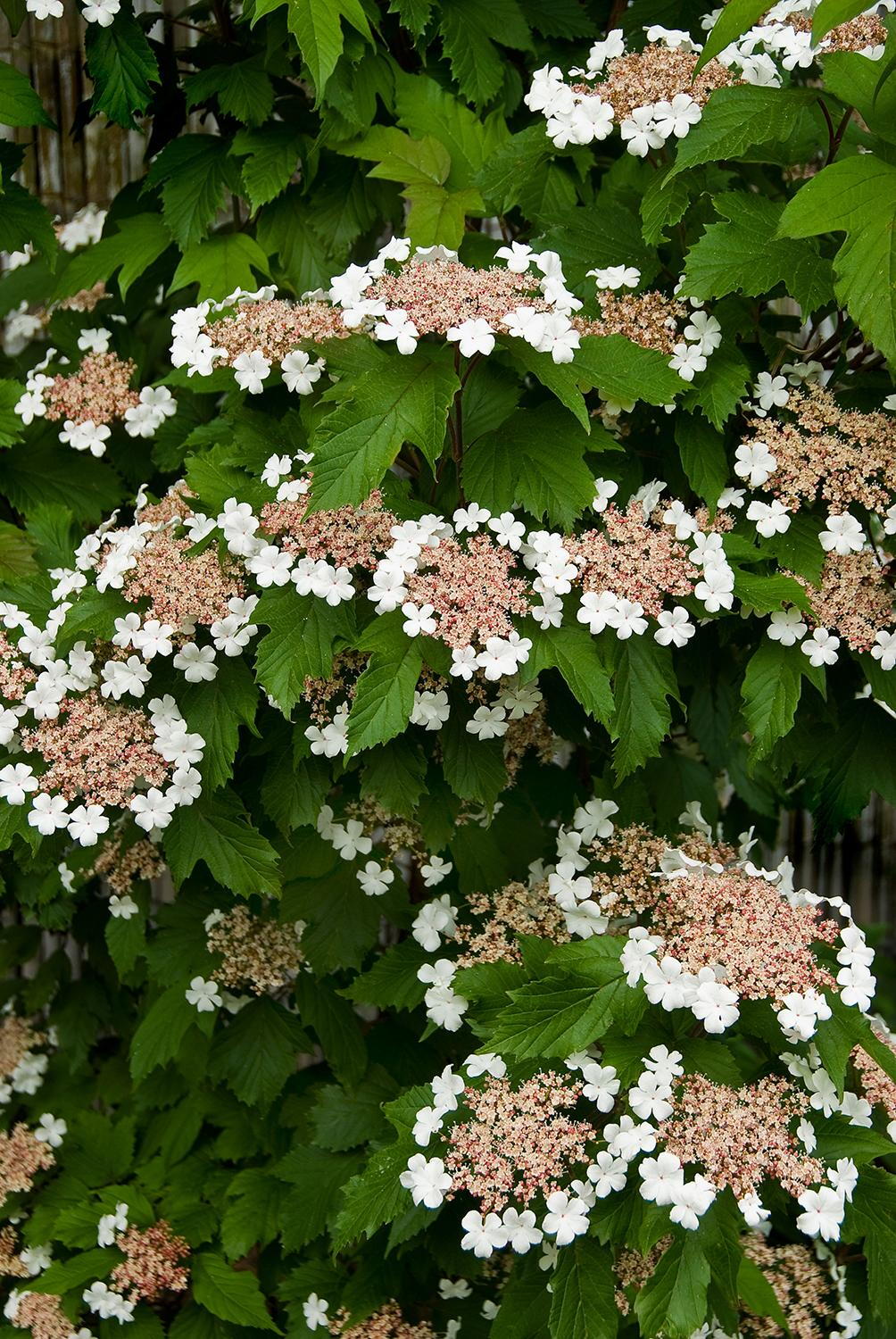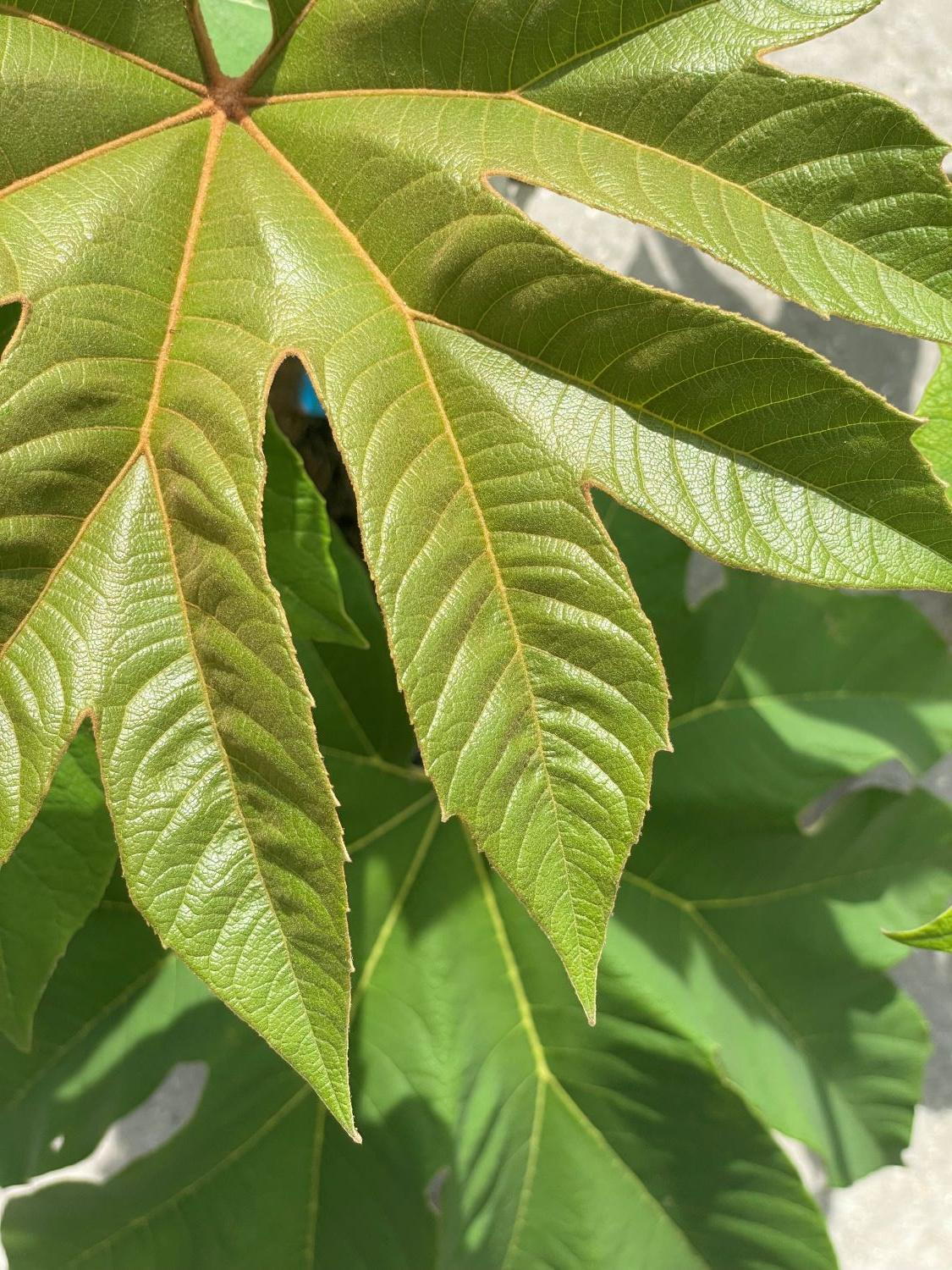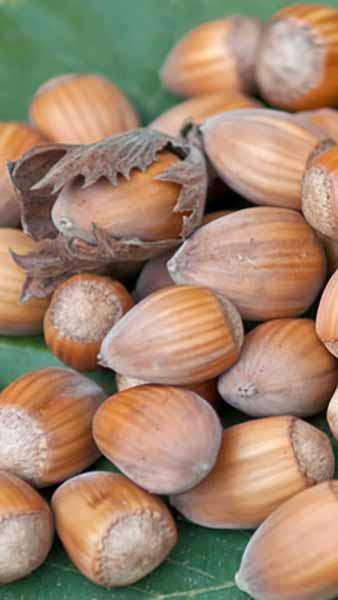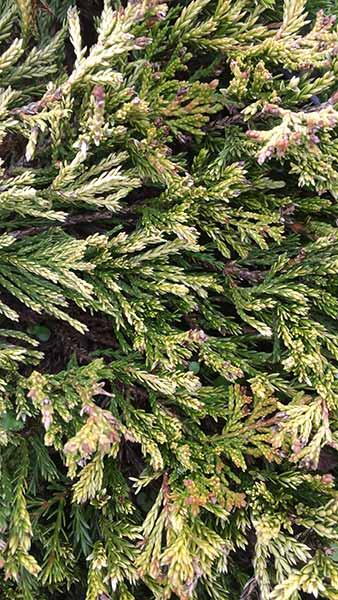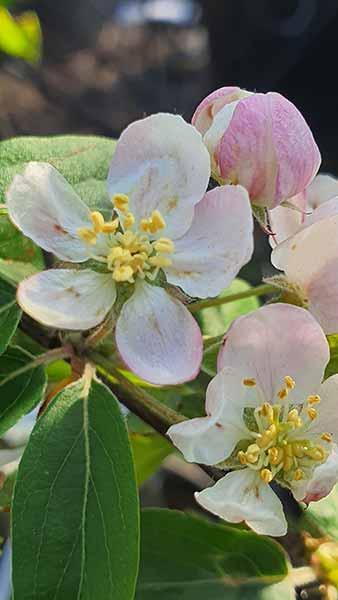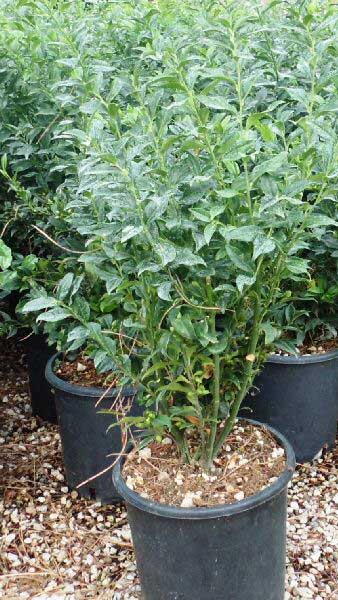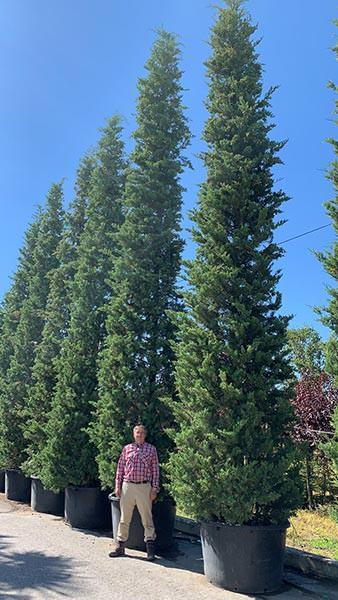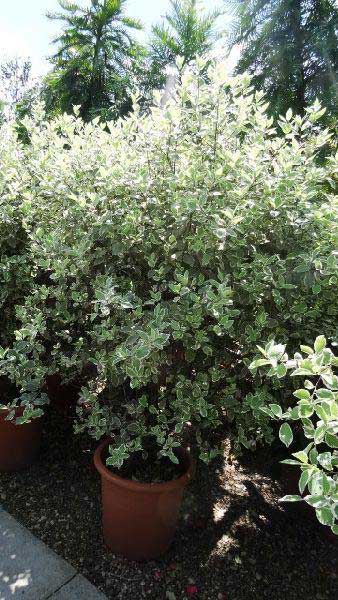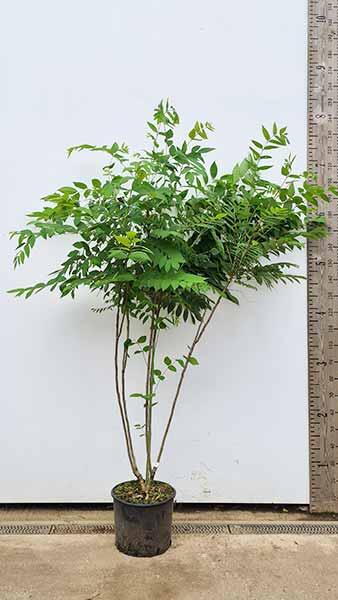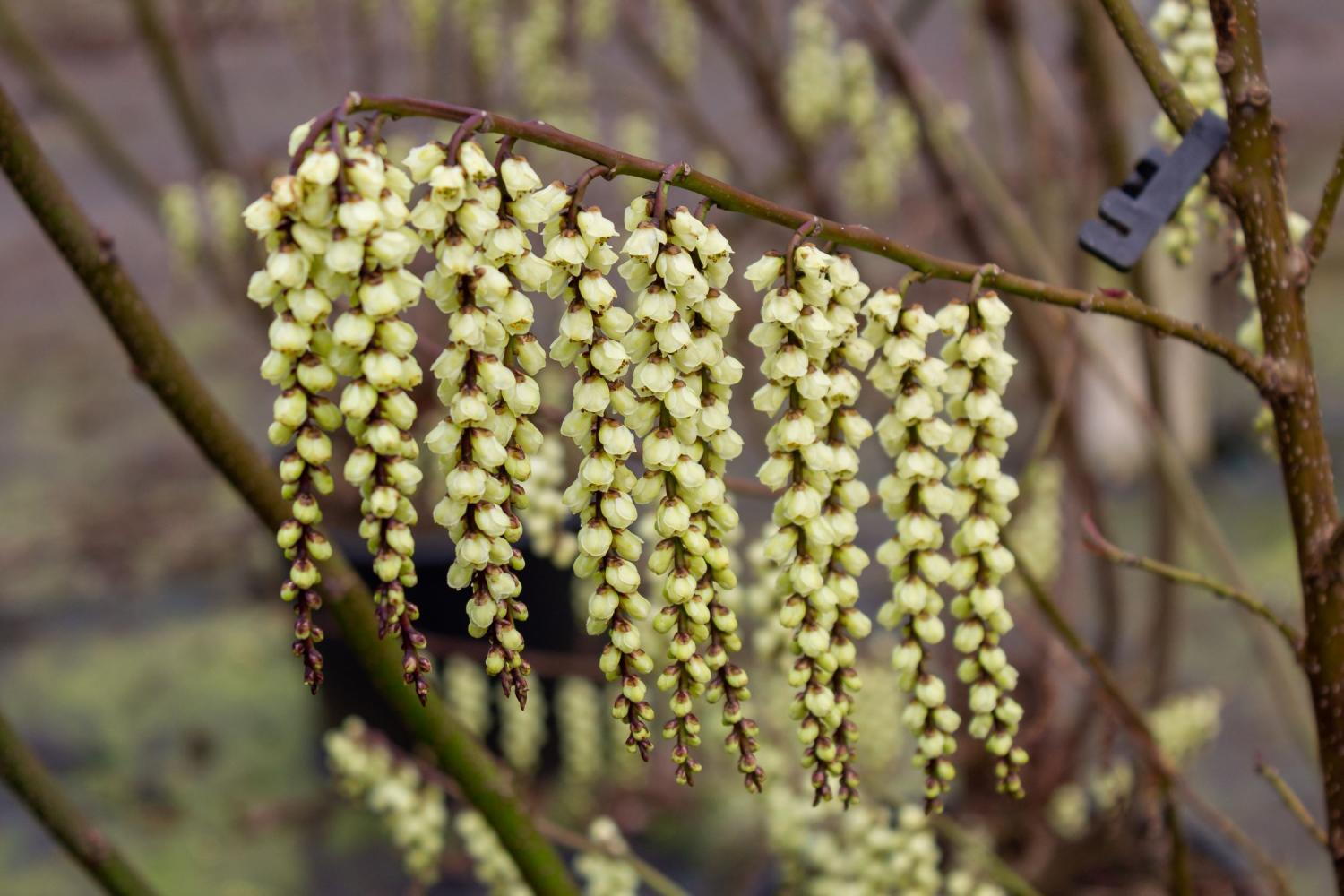Ilex Crenata Green Lustre Japanese Holly Green Lustre Shrub
Ilex Crenata Green Lustre, more commonly known as Japanese Holly Green Lustre, is a compact, evergreen shrub. This particular variety is prized for its attractive mounded habit and glossy foliage, which make for a splendid low-growing hedge. The foliage of this petite shrub is quite dense, consisting of lustrous, dark green, tiny leaves. The shiny leaves stay throughout the year, offering multiple seasons of interest. Although Ilex Crenata Green Lustre blossoms in the summer, the minuscule white flowers, and the black fruit that follows them, are not considered to be main attraction, which is without doubt the rich evergreen foliage.Staying compact as it matures, this dwarf variety of Ilex Crenata grows to be around 50 centimetres to 1 metre high. Even though Ilex Crenata Green Lustre is not fussy when it comes to optimal growing conditions, it does perform best in full sun to partial shade, and well-drained, slightly acidic soil. To ensure foliage stays healthy and retains its rich green colour year round, avoid planting this evergreen shrub in a location exposed to drying winds or scorching sun. Trouble-free, this variety of Ilex Crenata is usually not affected by pests and diseases.Native to northeast Asia, Japanese Holly Green Lustre doesn’t mind if the temperature drops to 20 degrees below zero in the winter months, and it is fully hardy in Britain and Ireland.Unlike other Ilex Crenata varieties, who have a bushy habit, Green Lustre cultivar forms a compact mound as it develops. This formal, stylish natural form makes it ideal for hedges and borders, as it offers splendid texture and uniform shape without extensive pruning and trimming. Low-maintenance and easy to grow, this evergreen shrub is best left unpruned, unless there are dead or damaged twigs that need to be removed. Plant it en masse, for a textured, glossy, low-growing hedge, or in a mixed border, where it can complement showy flowering shrubs. Japanese Holly Green Lustre can be grown in containers as well, so it can be used to provide colour and interest to patios and balconies throughout the year.If you’re looking for cultivars ideal for compact and dwarf hedges, make sure to check our collection of low-growing shrubs. For more plants that offer multiple seasons of interest, take a look at our selection of evergreen shrubs and trees.
